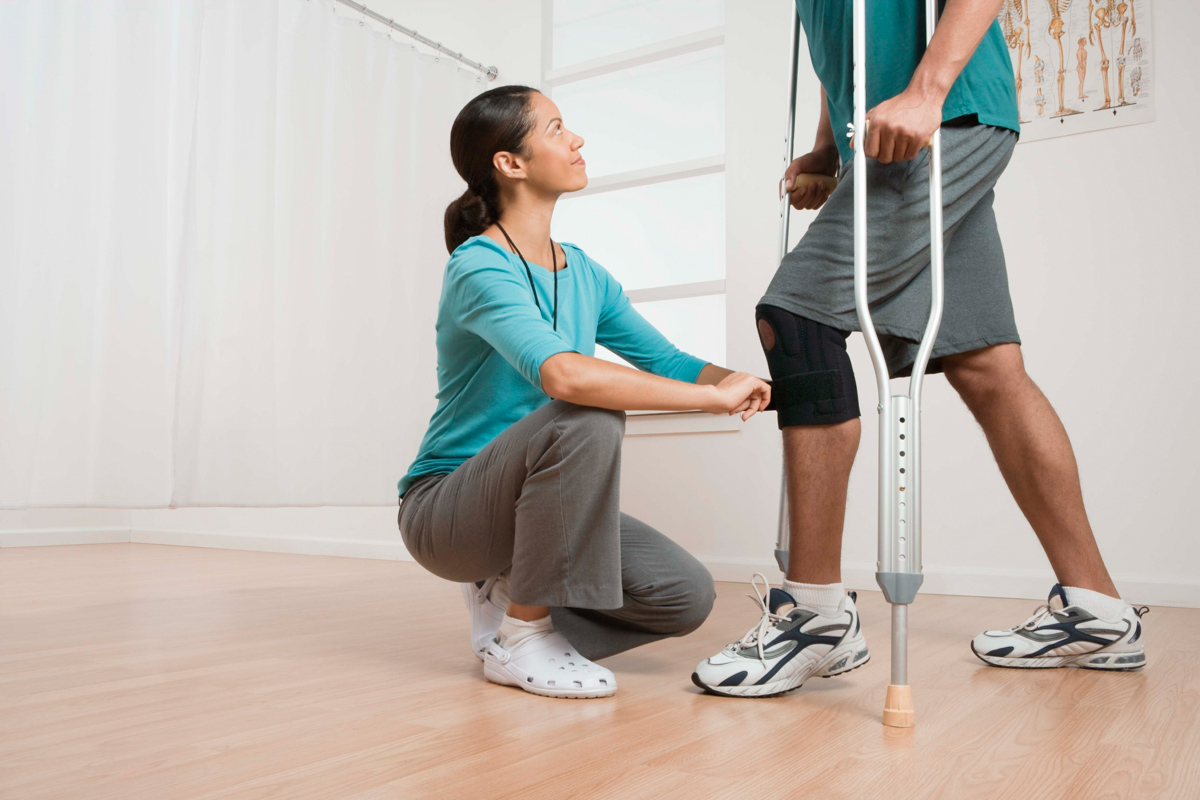Persistent pain is a significant issue that often follows sports injuries, affecting many athletes and active persons. When someone suffers from a athletic trauma, such as a ligament injury, muscle tear, or break, the initial response usually includes soreness and swelling. However, for some individuals, this discomfort does not go away after the injury recovers. Instead, they may continue to feel discomfort well beyond the initial injury. This persistent condition is known as long-term discomfort, and it can be difficult to manage. Comprehending the complexities of chronic pain is essential for both athletes and healthcare providers to ensure successful recovery.
A primary cause persistent discomfort can develop after a physical trauma is due to the physiological response to tissue damage. When tissues are damaged, the system sends out signals to notify the brain of the damage. This response includes inflammation, which is part of the recovery process. However, in some cases, this immune reaction can become exaggerated or extended, leading to persistent pain even when the damage has healed. Additionally, psychological factors like nervousness and depression can influence how people experience pain. Sports participants may feel stressed about returning to their sport, which can affect their perception of discomfort.

Persistent discomfort can significantly impact an athlete’s recovery process. It can affect their capacity to practice and compete at their usual standards. Athletes may end up incapable to engage in practices or games due to concern of aggravating their injury. This circumstance can result in feelings of discouragement and social withdrawal. When athletes cannot function as they did before their injury, it may also impact their psychological well-being and self-esteem. Therefore, treating both the physical and psychological Find Out More components of recovery is crucial for managing long-term discomfort.
Multiple treatment options are available for addressing persistent discomfort following athletic trauma. Healthcare providers frequently suggest a combination of physiotherapy, medication, and alternative treatments like needle therapy or massage therapy. Physical therapy focuses on improving strength and range of motion while controlling discomfort through specific exercises. Medications such as anti-inflammatories or pain relievers may be prescribed to temporarily ease discomfort. Each athlete’s condition is unique; thus, developing a personalized care strategy that considers personal requirements and goals is crucial for effective rehabilitation.
In conclusion, chronic pain resulting from sports injuries is look at more info a multifaceted challenge that requires thorough evaluation and management. It affects not only the physical component of healing but also the mental health of athletes. By understanding the causes and impacts of long-term discomfort, athletes and healthcare providers can work together more effectively toward rehabilitation. With appropriate clinical approaches and support systems in place, a significant number of people can overcome chronic pain and return to enjoying their preferred physical activities fully.